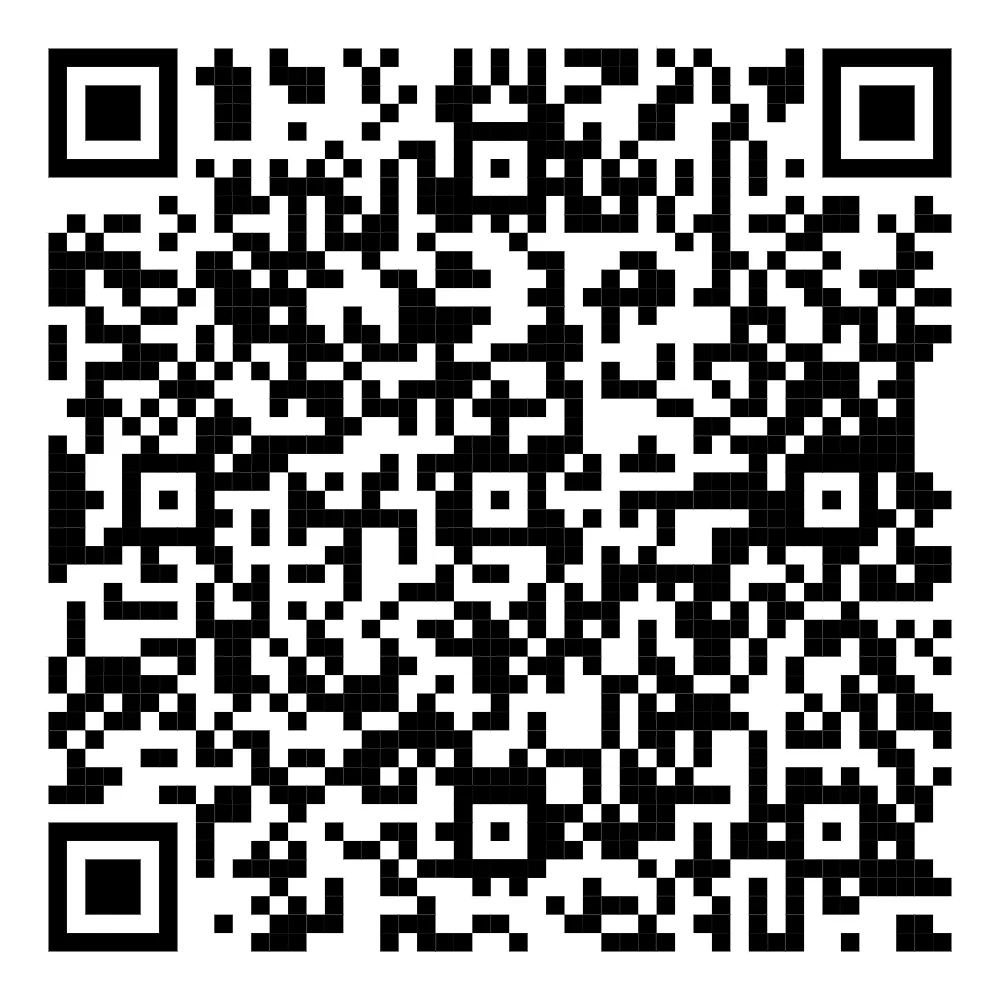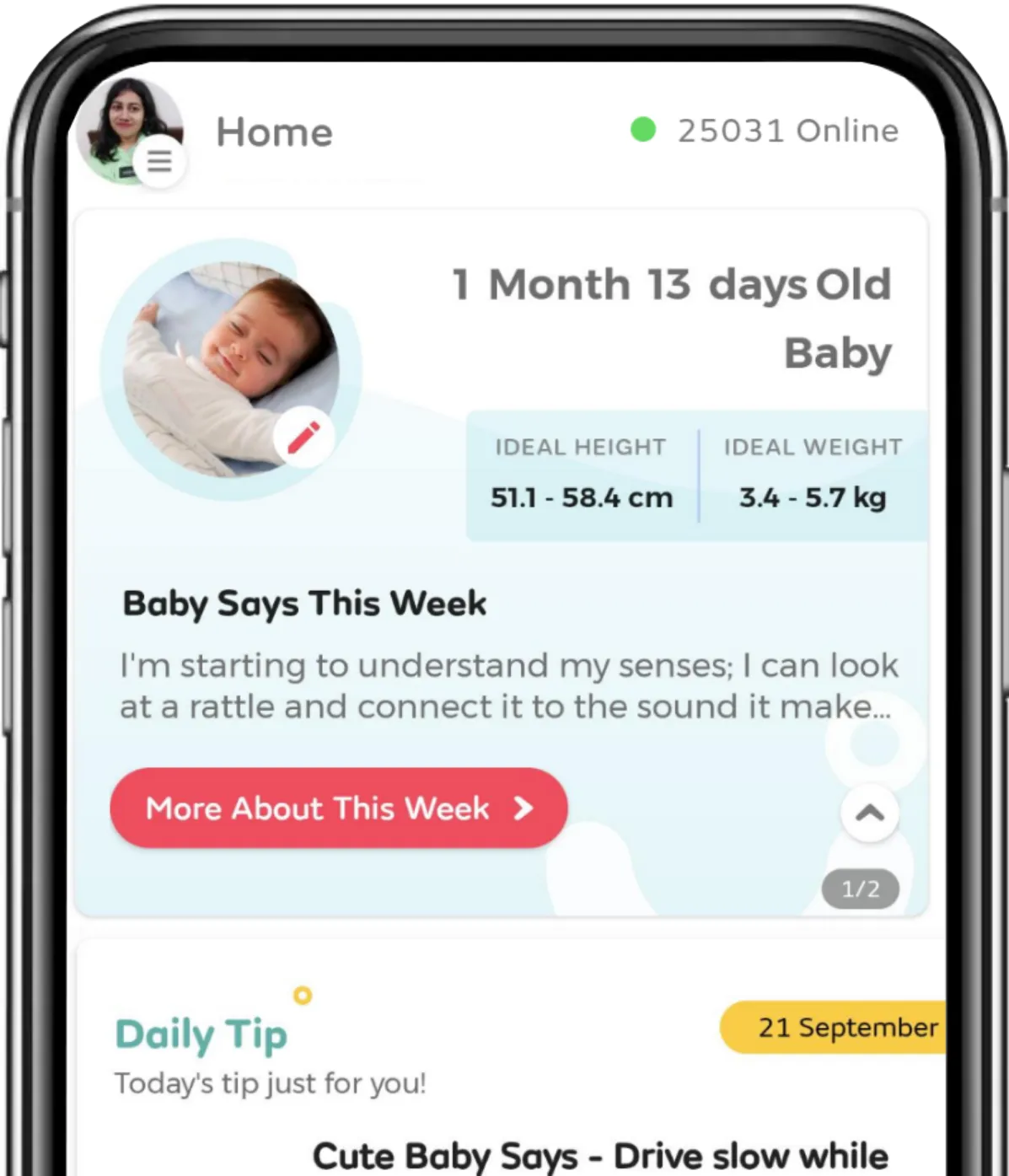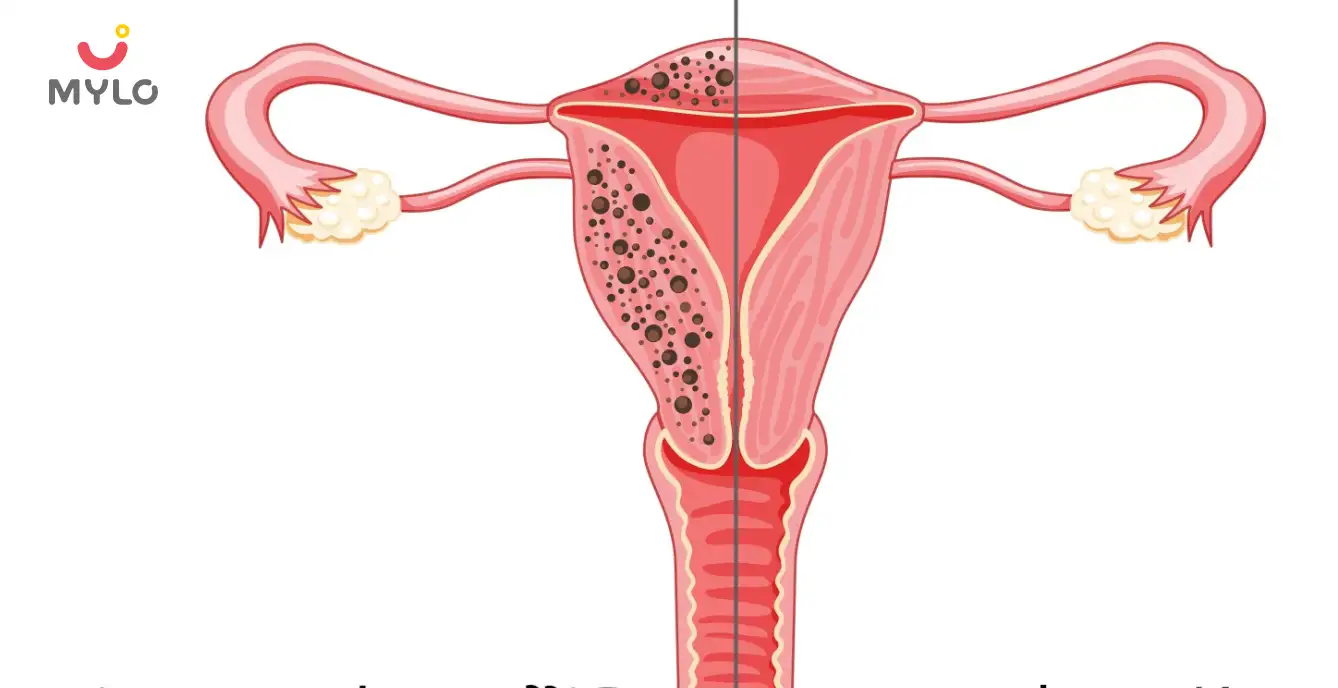Get MYLO APP
Install Mylo app Now and unlock new features
💰 Extra 20% OFF on 1st purchase
🥗 Get Diet Chart for your little one
📈 Track your baby’s growth
👩⚕️ Get daily tips

OR


Article Continues below advertisement
- Home

- Breastfeeding & Lactation

- Let Down Reflex: The Ultimate Guide for Breastfeeding Moms
In this Article
- What is Let Down Reflex?
- What are the Signs of Milk Ejection Reflex?
- 1. Tingling Sensation
- 2. Sudden Fullness
- 3. Visible Milk Flow
- 4. Baby's Swallowing
- 5. Increased Milk Flow
- 6. Breast Changes
- How Does Milk Let Down Reflex Work?
- 1. Stimulation
- 2. Oxytocin Release
- 3. Muscle Contraction
- 4. Milk Ejection
- 5. Feeding Response
- Milk Ejecting Hormone and Its Role in Breastfeeding
- What are Some Possible Problems in Milk Let Down?
- 1. Delayed Let down
- 2. Overactive Let down
- 3. Low Milk Supply
- 4. Painful Let down
- 5. Latch Issues
- 6. Emotional Factors
- Tips for Improving Your Let Down Reflex
- 1. Relaxation Techniques
- 2. Warm Compress
- 3. Optimal Positioning
- 4. Nurturing Environment
- 5. Regular Feedings
- 6. Hydration and Nutrition
- 7. Breast Massage
- 8. Breast Compression
- 9. Breast Warm-up
- 10. Skin-to-Skin Contact
- FAQs
- 1. Why is my breast milk flow so slow?
- 2. How long does it take for milk let down?
- 3. Why do my breasts feel full but nothing comes out when I pump?
- Key Takeaways
- References
Breastfeeding & Lactation
Let Down Reflex: The Ultimate Guide for Breastfeeding Moms
Updated on 9 August 2023
Pragya was excited to start breastfeeding her baby, but she soon realized that it wasn't as easy as she thought. She experienced a lot of pain because her breasts were too full, and her nipples were sore. Even though her breasts were full, the milk didn't come out easily. Pragya was also struggling with pain from her C-section stitches and her breasts being sensitive. So, she decided to talk to a doctor about her problems and learned about something called the let down reflex.
The doctor took the time to explain what is let down reflex and how it's connected to milk ejection. With the doctor's help, Pragya was able to manage the pain and enjoy being a mom without these troubles. So, let’s make the most of her valuable insights in this article.
What is Let Down Reflex?
Meaning of let down reflex or milk ejection reflex, is that it is a natural physiological response in lactating individuals. It involves the release of milk from the mammary glands into the milk ducts, triggered by oxytocin, in response to the baby's suckling or other stimuli like sound or sight. This process ensures a steady flow of breast milk for the infant's feeding.
Article continues below advertisment
What are the Signs of Milk Ejection Reflex?
Signs of milk ejection are:
1. Tingling Sensation
Many women experience a tingling or pins-and-needles sensation in the breast when the milk ejection reflex occurs.
2. Sudden Fullness
You might feel a sudden sense of fullness in the breast as milk is released into the milk ducts.
3. Visible Milk Flow
Milk may spray or drip from the nipple as your baby nurses, indicating the reflex is active.
Article continues below advertisment
4. Baby's Swallowing
You might notice a change in your baby's swallowing pattern, becoming more rhythmic and audible during let down.
5. Increased Milk Flow
Your baby may show increased swallowing and sucking, responding to the increased milk flow.
6. Breast Changes
Your breast might feel softer after let down, as milk is effectively expelled from the milk ducts.
These signs collectively signify the occurrence of the milk let down reflex during breastfeeding.
You may also like : How To Feed A Newborn Baby By Breast?
Article continues below advertisment
How Does Milk Let Down Reflex Work?
Milk let down works in the following manner:
1. Stimulation
When your baby begins to nurse or even when you think about breastfeeding, nerve endings in the breast are stimulated.
2. Oxytocin Release
This stimulation triggers the release of the hormone oxytocin from the brain's pituitary gland.
3. Muscle Contraction
Oxytocin causes the tiny muscles surrounding the milk-producing cells in the breast to contract.
4. Milk Ejection
These contractions push the milk from the milk-producing glands into the milk ducts, resulting in milk flow or let down.
Article continues below advertisment
5. Feeding Response
Your baby's sucking reinforces the reflex, creating a cycle where continued suckling maintains the milk ejection reflex.
The milk ejection is a finely coordinated process driven by hormonal signals and physical responses, ensuring a steady supply of milk for your baby's nourishment.
You may like : Baby Sleeping While Breastfeeding: Understanding the Causes and Solutions
Milk Ejecting Hormone and Its Role in Breastfeeding
Oxytocin, often referred to as the "love hormone" or milk ejecting hormone, plays a crucial role in breastfeeding. When your baby suckles at your breast, the stimulation of nerve endings triggers the release of oxytocin from the brain's pituitary gland. This hormone prompts the contraction of muscle cells surrounding the milk-producing glands, effectively squeezing the milk into the milk ducts and facilitating its flow through the nipple. Beyond its physiological function, oxytocin also fosters emotional bonding between you and your baby, creating a nurturing connection during feeding sessions.
What are Some Possible Problems in Milk Let Down?
Potential Challenges in Milk Let down are
Article continues below advertisment
1. Delayed Let down
Stress, anxiety, or certain medications can lead to a delayed milk ejection reflex, causing frustration for both you and your baby during breastfeeding.
2. Overactive Let down
Some mothers experience a forceful and rapid let down, leading to choking or coughing in the baby and possible breast discomfort for the mother.
3. Low Milk Supply
Inadequate milk production or poor milk transfer during let down can result in insufficient nourishment for the baby.
4. Painful Let down
Sensations of pain or discomfort during let down might occur due to issues like engorgement, infection, or damaged nipples.
5. Latch Issues
An improper latch can hinder effective let down, causing a poor milk flow and inadequate feeding.
Article continues below advertisment
6. Emotional Factors
Stress, fatigue, or negative emotions can impact the milk ejection, affecting milk flow and the overall breastfeeding experience.
Tips for Improving Your Let Down Reflex
Here are some tips that may help enhance the milk ejection reflex:
1. Relaxation Techniques
Practice deep breathing, gentle massage, or calming activities before nursing to promote a relaxed state, aiding the milk let down reflex.
2. Warm Compress
Applying a warm compress to your breasts before feeding can encourage blood flow and facilitate milk flow.
3. Optimal Positioning
Ensure a comfortable and proper breastfeeding position to aid in effective milk ejection.
Article continues below advertisment
4. Nurturing Environment
Create a peaceful and serene environment while nursing, minimizing distractions and stressors.
5. Regular Feedings
Maintain a consistent feeding schedule to help regulate hormones and improve the milk ejection reflex.
6. Hydration and Nutrition
Stay well-hydrated and consume a balanced diet to support milk production and the let down process.
7. Breast Massage
Gently massage your breasts in circular motions before and during feeding to stimulate milk flow.
8. Breast Compression
Apply gentle pressure to your breasts during nursing to encourage a steady milk flow.
Article continues below advertisment
9. Breast Warm-up
Use a warm towel or take a warm shower before breastfeeding to prepare your breasts for milk release.
10. Skin-to-Skin Contact
Practice skin-to-skin contact with your baby, initiating natural cues that aid the let down reflex.
FAQs
1. Why is my breast milk flow so slow?
Several factors can contribute to a slow breast milk flow. Common causes include improper latching, stress, fatigue, dehydration, hormonal fluctuations, certain medications, engorgement, blocked milk ducts, or an overactive let down reflex.
2. How long does it take for milk let down?
The timing of milk let down can vary from person to person and even from one nursing session to another. Typically, it takes about 1 to 2 minutes after your baby starts breastfeeding for the milk ejection reflex to initiate.
3. Why do my breasts feel full but nothing comes out when I pump?
Experiencing fullness in your breasts without substantial pumping output can be attributed to oversupply, poor pump fit, stress, fatigue, or even pump malfunction can lead to inadequate milk removal.
Article continues below advertisment
Key Takeaways
In conclusion, understanding the intricate mechanisms of the milk let down reflex is pivotal for successful breastfeeding. Overcoming challenges such as slow milk flow, let down issues, or pump inefficiencies can be achieved through patience, knowledge, and support. Whether you're a new parent or a seasoned one, embracing relaxation techniques, optimizing feeding positions, and seeking professional guidance when needed will foster a fulfilling and nurturing breastfeeding journey for both you and your baby.
References
1. Information, N. C. for B., Pike, U. S. N. L. of M. 8600 R., MD, B., & Usa, 20894. (2009). The physiological basis of breastfeeding. In www.ncbi.nlm.nih.gov. World Health Organization.
2. Pillay, J., & Davis, T. J. (2019). Physiology, Lactation. Nih.gov; StatPearls Publishing.



Written by
Madhavi Gupta
Dr. Madhavi Gupta is an accomplished Ayurvedic doctor specializing in Medical content writing with an experience of over 10 years.
Read MoreGet baby's diet chart, and growth tips

Related Articles
Related Questions
Hello frnds..still no pain...doctor said head fix nhi hua hai..bt vagina me pain hai aur back pain bhi... anyone having same issues??

Kon kon c chije aisi hai jo pregnancy mei gas acidity jalan karti hain... Koi btayega plz bcz mujhe aksar khane ke baad hi samagh aata hai ki is chij se gas acidity jalan ho gyi hai. Please share your knowledge

I am 13 week pregnancy. Anyone having Storione-xt tablet. It better to have morning or night ???

Hlo to be moms....i hv a query...in my 9.5 wk i feel body joint pain like in ankle, knee, wrist, shoulder, toes....pain intensity is high...i cnt sleep....what should i do pls help....cn i cosult my doc.

Influenza and boostrix injection kisiko laga hai kya 8 month pregnancy me and q lagta hai ye plz reply me

Related Topics
RECENTLY PUBLISHED ARTICLES
our most recent articles

Gas & Bloating
Indigestion and Heartburn During Pregnancy

Fertility
Understanding Follicular Study: A Comprehensive Guide to Female Fertility

Maternity Fashion
Maternity Fashion: How to Dress in Style in Each Trimester of Your Pregnancy?

Periods
Oligomenorrhea: What Every Woman Needs to Know About Irregular Periods

Common Health Problems
Can a Woman with Thyroid Problems Get Pregnant: Conceiving Against the Odds

Periods
Adenomyosis Vs Endometriosis: How to Spot the Symptoms and Seek Early Intervention
- Fertility Test for Men and Women: What to Expect and Next Steps
- Reason for Irregular Periods After Marriage: A Comprehensive Guide
- How Soon Can You Get Pregnant After Stopping the Pill?
- Watery Semen: Is It Normal or a Sign of an Underlying Condition?
- Embryo Transfer: The Ultimate Guide to Procedure, Success Rates and FAQs
- Hyperspermia: The Ultimate Guide to Understanding Excessive Semen Production
- Painful Ejaculation and Its Impact on Men's Health: From Stigma to Solutions
- Hypospermia: What Every Man with Low Semen Volume Should Know
- Eye Flu Alert: The Seasonal Epidemic You Need to Know About
- How Many Days After IUI Should I Get My Period: Understanding the Timeline
- An Expecting Mother's Guide to Glucose Tolerance Test (GTT)
- Difference Between IUI and IVF: Which is Better for You?
- Ovarian Stimulation: Understanding the Process and What to Expect
- IVF Baby Delivery: Will You Have a C Section or Vaginal Delivery?


AWARDS AND RECOGNITION
Mylo wins Forbes D2C Disruptor award
Mylo wins The Economic Times Promising Brands 2022
AS SEEN IN
















At Mylo, we help young parents raise happy and healthy families with our innovative new-age solutions:
- Mylo Care: Effective and science-backed personal care and wellness solutions for a joyful you.
- Mylo Baby: Science-backed, gentle and effective personal care & hygiene range for your little one.
- Mylo Community: Trusted and empathetic community of 10mn+ parents and experts.
Product Categories
baby carrier | baby soap | baby wipes | stretch marks cream | baby cream | baby shampoo | baby massage oil | baby hair oil | stretch marks oil | baby body wash | baby powder | baby lotion | diaper rash cream | newborn diapers | teether | baby kajal | baby diapers | cloth diapers |











